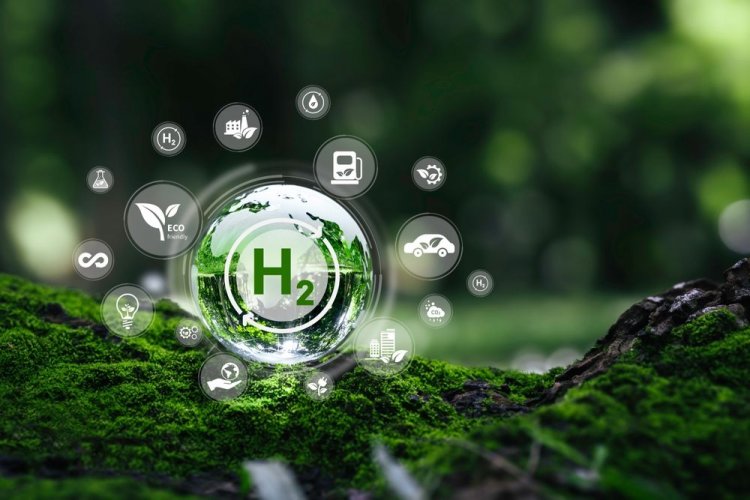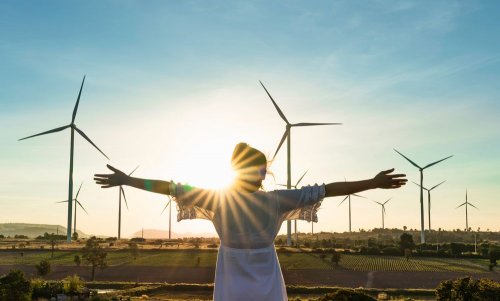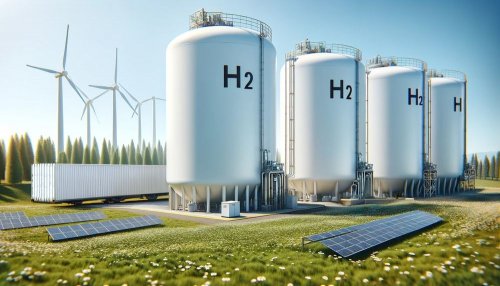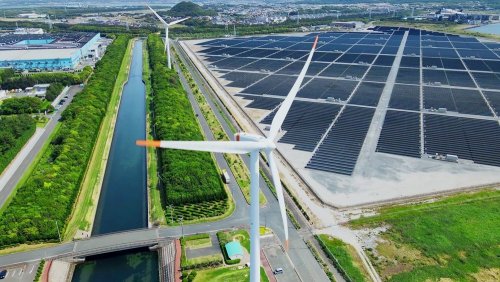A study by German consulting firm Roland Berger found that by 2030, annual global hydrogen production will rise to 110 million metric tons and likely to 240 Mt by 2040.
Global hydrogen production will grow by an average of 2% per year until 2030, with green hydrogen accounting for about 12% of the total, Offshore Energy reports.
The study emphasized that demand will become increasingly diversified. It is expected that in 2040:
- the defense industry will consume 48% of the produced hydrogen;
- transport sector – 30%;
- energy – 15%;
- heating of buildings – 7%.
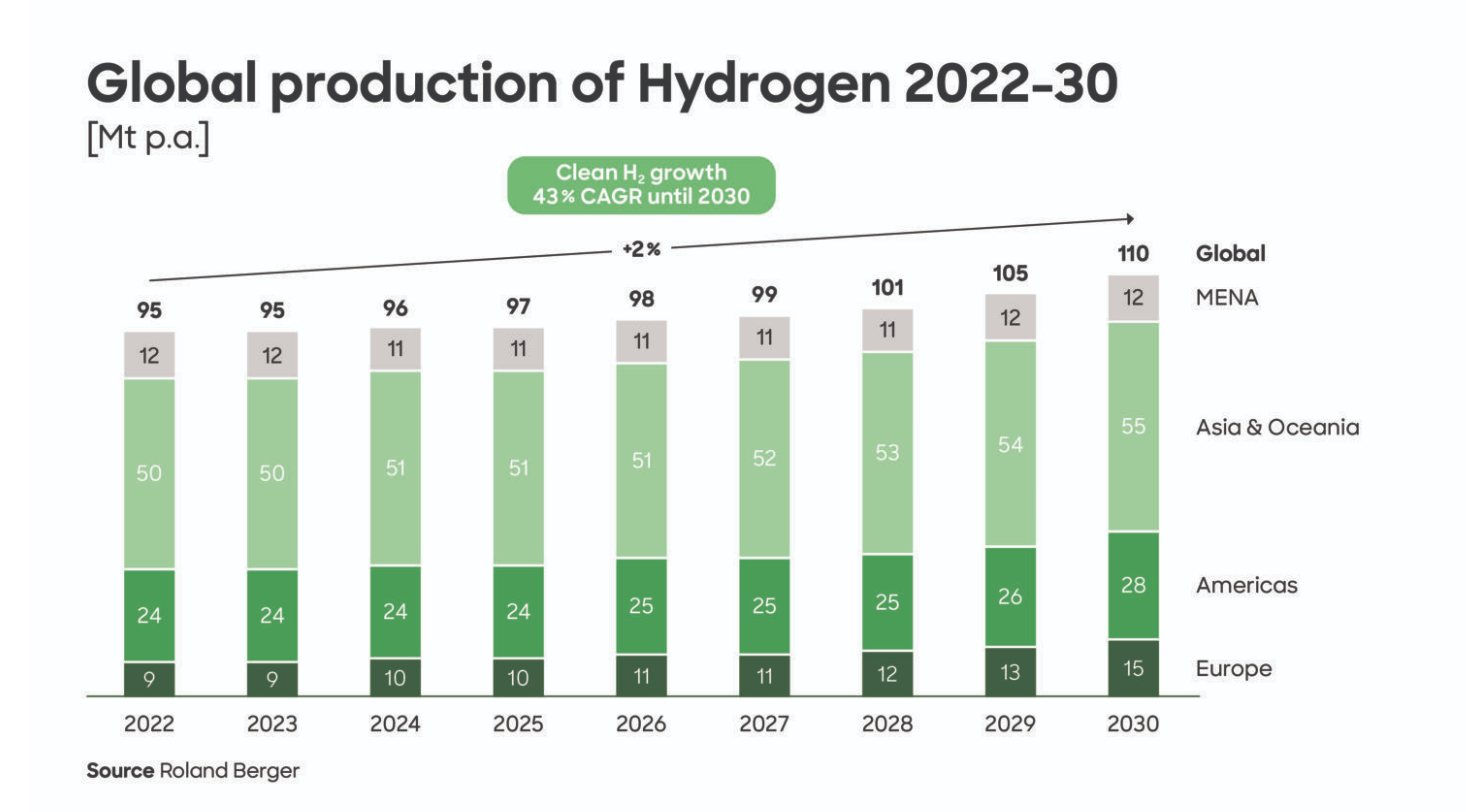
Roland Berger partner Uwe Weihenghein said that according to the company's estimates, 119 GW will be installed at electrolysis plants by 2030. This is less than half of the 260 GW that governments have pledged to install worldwide, and only about a fifth of the 590 GW needed to limit warming to 1.5°C.
"Therefore, the 2030s will be a critical decade for the hydrogen industry. We will see a huge acceleration of decarbonization and hydrogen production," he said.
Roland Berger partner Yvonne Roof emphasized that during the 2030s, the world must add as much capacity each year as it did in the entire previous decade. The final years of the current decade are critical in creating the structural conditions for the next decade to be an acceleration phase.
"The main challenge for the rest of this decade is to create a structural framework, because isolated incentives and regulations lead to isolated projects," she said.
According to the researchers, such structural policy solutions as the US anti-inflation law to support the production of low-cost green hydrogen need to be scaled up and expanded.
As EcoPolitic reported earlier, a report by the McKinsey consulting company showed that by 2050, the demand for hydrogen will increase fivefold, i.e. to 600 million tons. However, "bottlenecks" may hinder the potential, its real supply will reach 175-291 million metric tons per year.

